Almost exactly one year ago, on January 28, 2016, New York’s Paul Kasmin Gallery opened Lost Downtown. The exhibition of photographs by Peter Hujar captured exactly what its title suggests: a time (the 1970s and early 80s, to be precise) when outlaw drag queens, artists, and penniless writers ruled New York’s lawless Lower East Side. Lost Downtown collected Hujar’s intimate portraits of the patron saints of this devilish and dangerous downtown. Walking into the Kasmin Gallery, you found a young Fran Lebowitz under the sheets, and an equally fresh-faced John Waters smoking a cigarette from one of the five Kool King packs he used to inhale each day. Hujar’s pictures of Candy Darling, Divine, Susan Sontag, Andy Warhol, and David Wojnarowicz -each in contemplation, solitude, perhaps loneliness – hung alongside them. In a way, the show felt like church: a chance to honor the renegade artists, thinkers, and dreamers who lived below 14th Street before us, who paved the way for radical creating and living.

This Friday, January 27, the first major retrospective devoted to Hujar’s work opens at the Fundación MAPFRE in Spain, where it will be on view through April before moving to the Netherlands, New York City, and Berkeley, California. Titled Peter Hujar: Speed of Life, it too collects elegiac portraits of familiar faces. But the exhibition also examines Hujar’s lesser-known work: scenes from mountainsides in West Virginia and Sicily, of children and babies, of the Hudson River. As with his portrait subjects – people better known for their ferocious wit and provocative work – Hujar found calmness in the chaos, and captured it with sensitivity, power, and peacefulness.
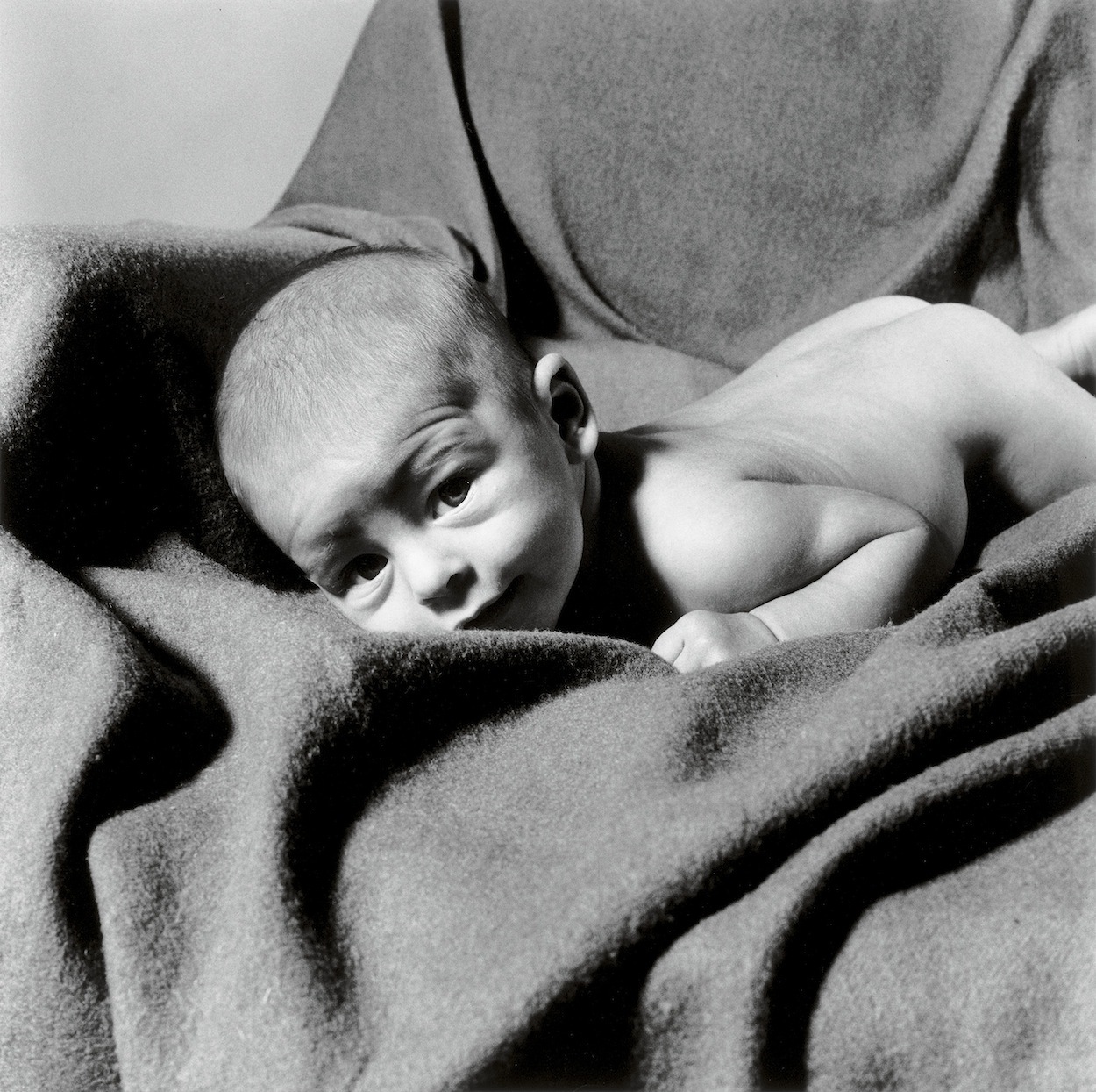
Speed of Life features over 150 photographs spanning from Hujar’s earliest work in the 1950s to his death from AIDS-related complications in 1987. The exhibition “[offers] a unique opportunity to deepen the richness and complexity of the work of this great photographer who, despite the minor success that he reached in his own lifetime, would become a mentor and reference for young artists of the time, such as Gary Schneider, Nan Goldin, and David Wojnarowicz, providing a strong influence on generations to come, even those of today,” according to introductory text from the show’s accompanying book.
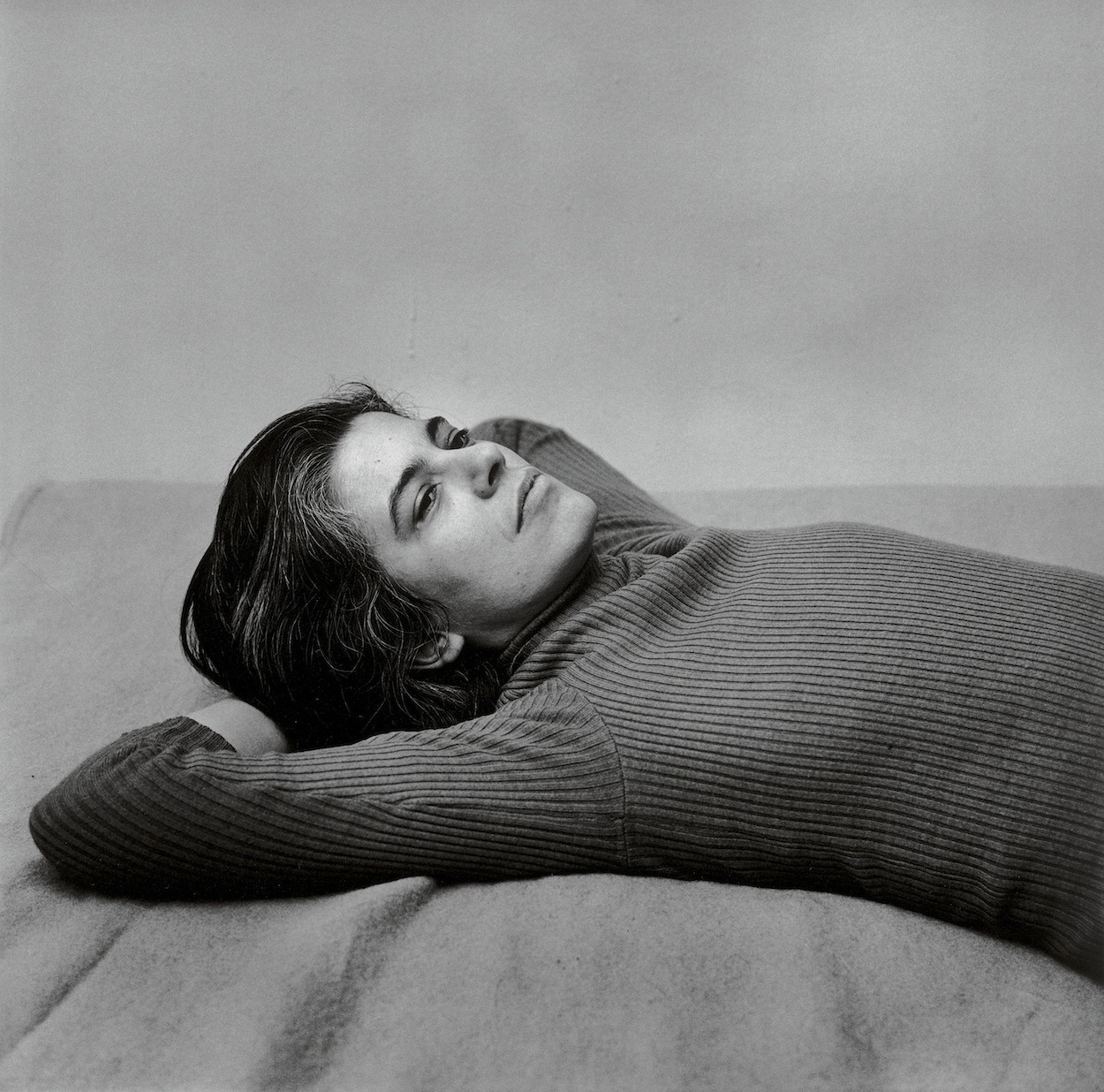
Co-published by Fundación MAPFRE and Aperture, the monograph – which will be released in April – provides an unprecedented exploration of Hujar’s short life and enduring work. He began shooting in his 20s, initially finding work as a commercial photographer in the 1950s and 60s, chiefly for Harper’s Bazaar and GQ. Yet he chose to abandon this glossy commercialism, and shifted his focus to documenting downtown’s thriving creative and queer scenes. He only published one monograph – Portraits in Life and Death, for which Susan Sontag wrote an introduction – before his death at 53. The Speed of Life book draws on the Morgan Museum & Library’s archive of Hujar’s contact sheets, correspondence, papers, and tearsheets. Its essays (written by people who knew the artist personally, like Joel Smith, Philip Gefter, and Steve Turtell) provide new insight into his relationships with Wojnarowicz and Diane Arbus, his unapologetic queerness, and his lifelong commitment to New York City’s outsider communities.
‘Peter Hujar: Speed of Life’ is on view at Fundación MAPFRE from January 27 to April 30, 2017. It will travel to The Hague, The Morgan Museum & Library, and the Berkeley Art Museum and Pacific Film archive throughout 2017 and 2018. The exhibition’s accompanying book, co-published by Aperture, will be available in April. More information here.
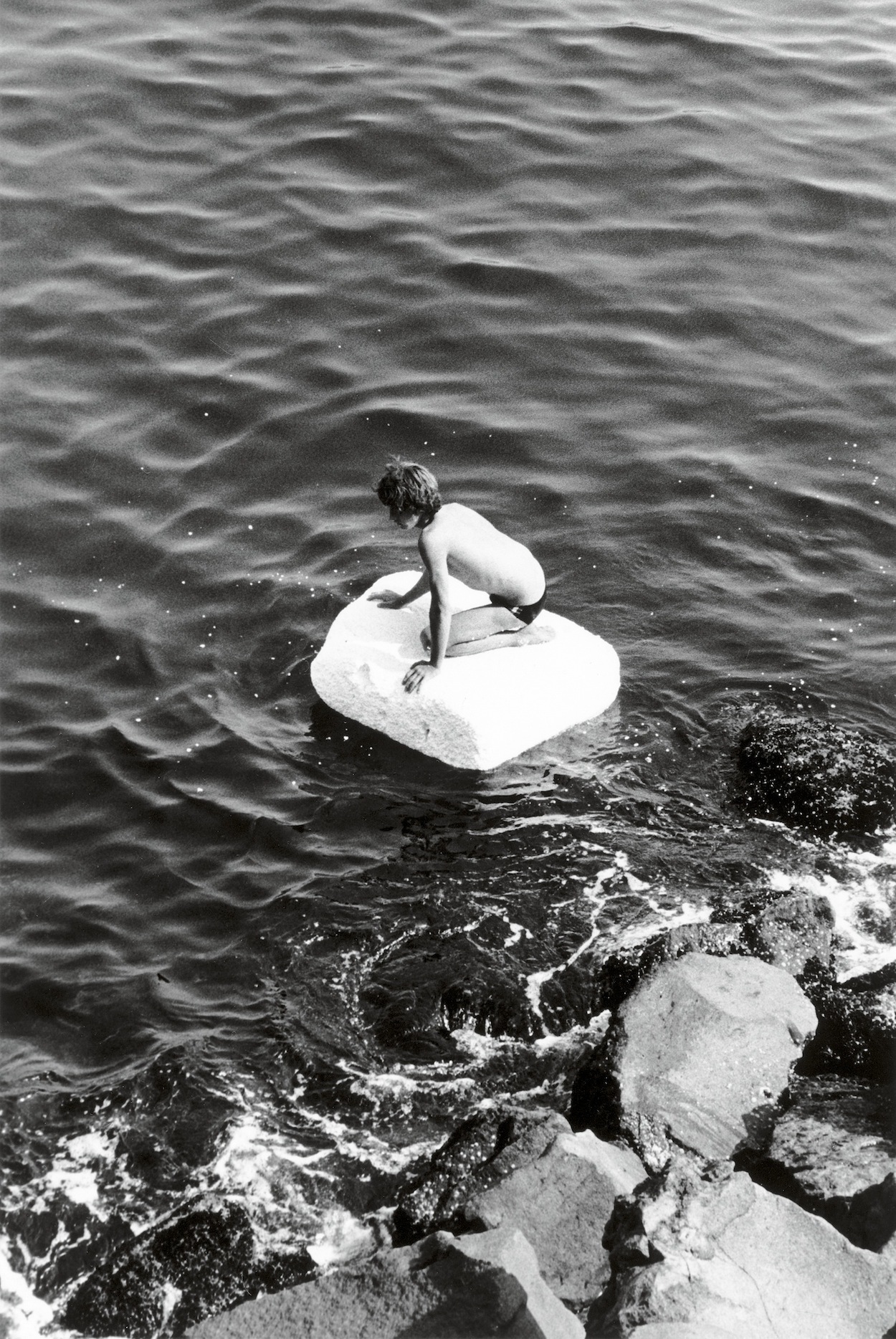

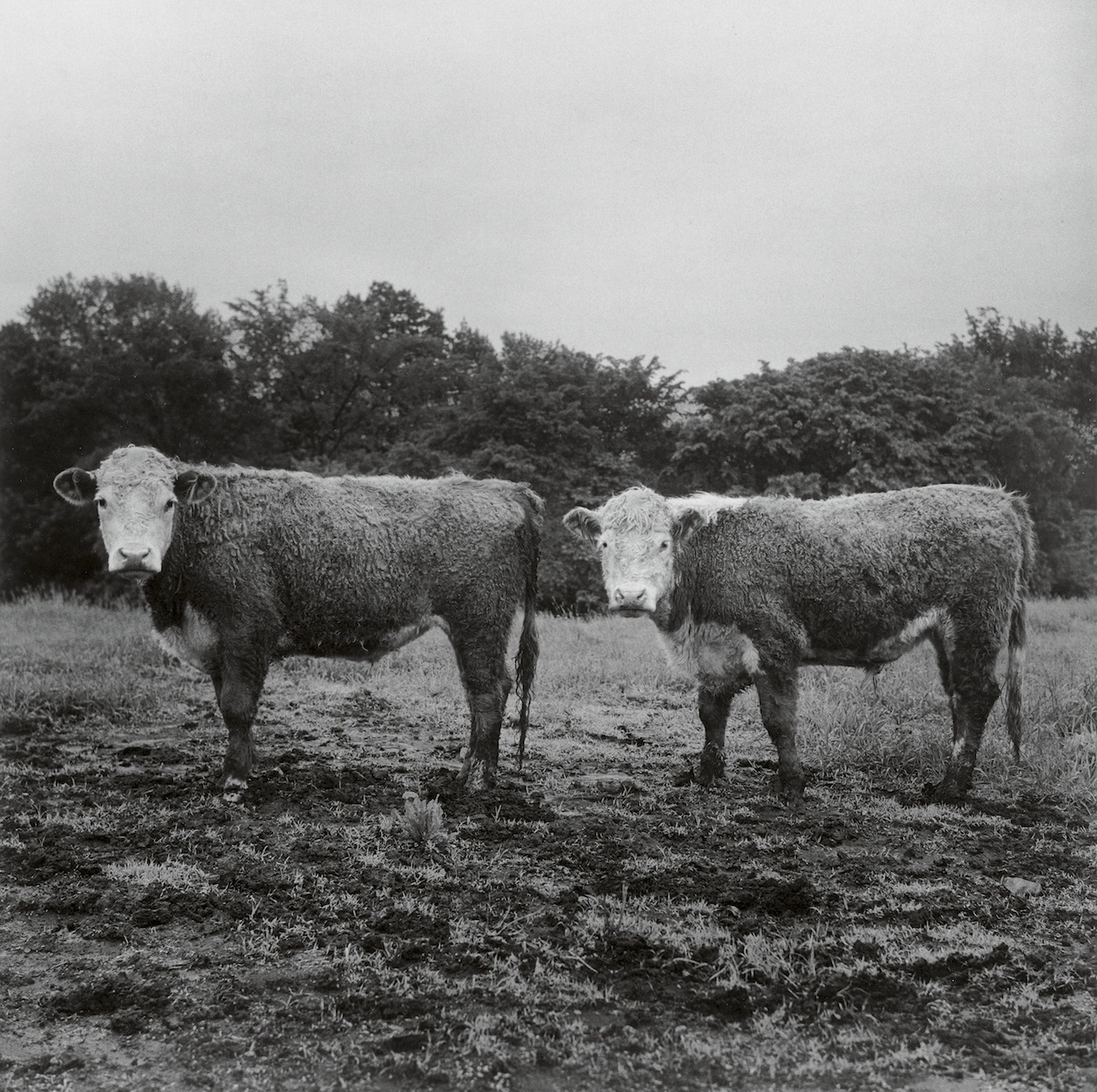
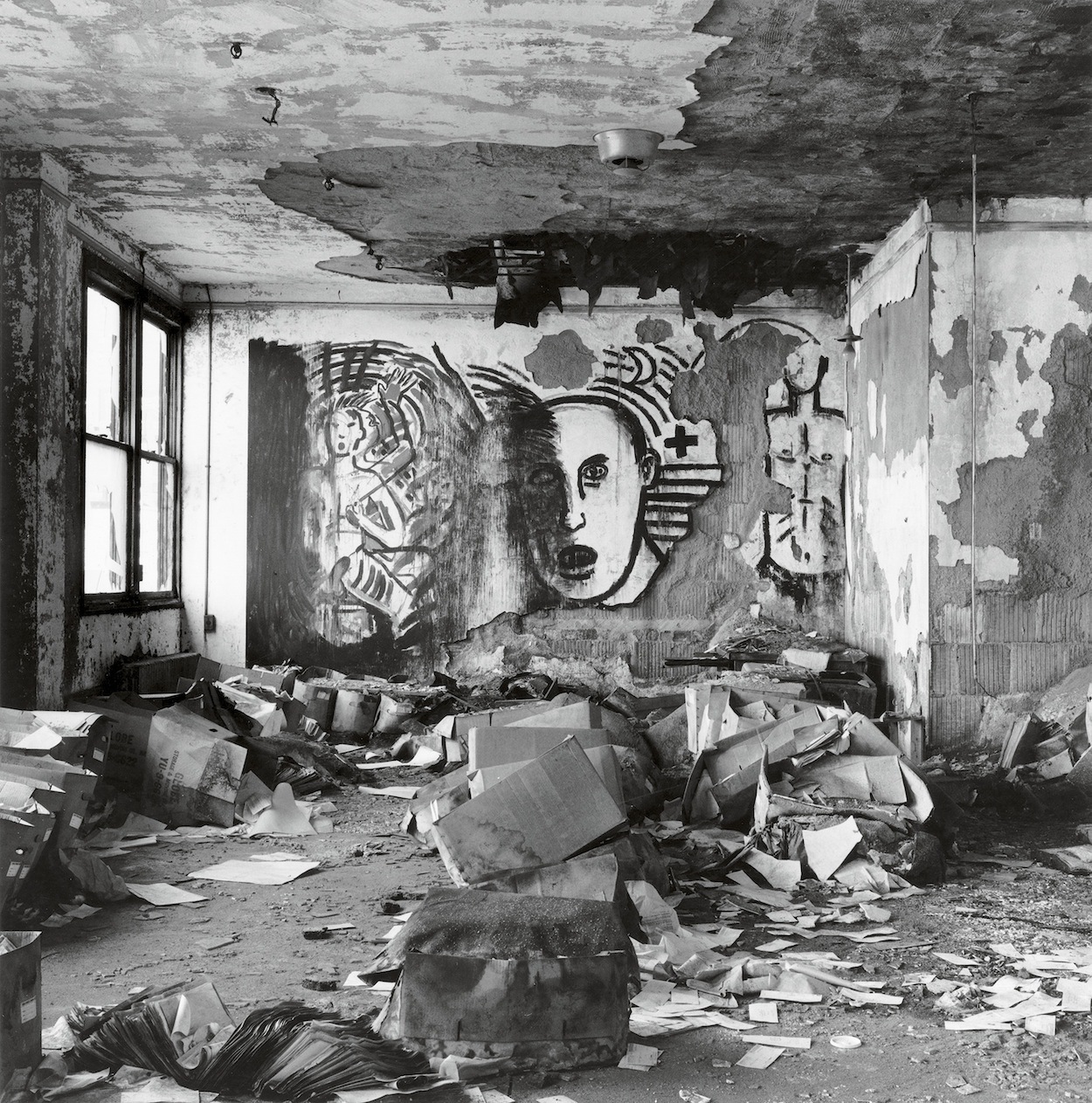

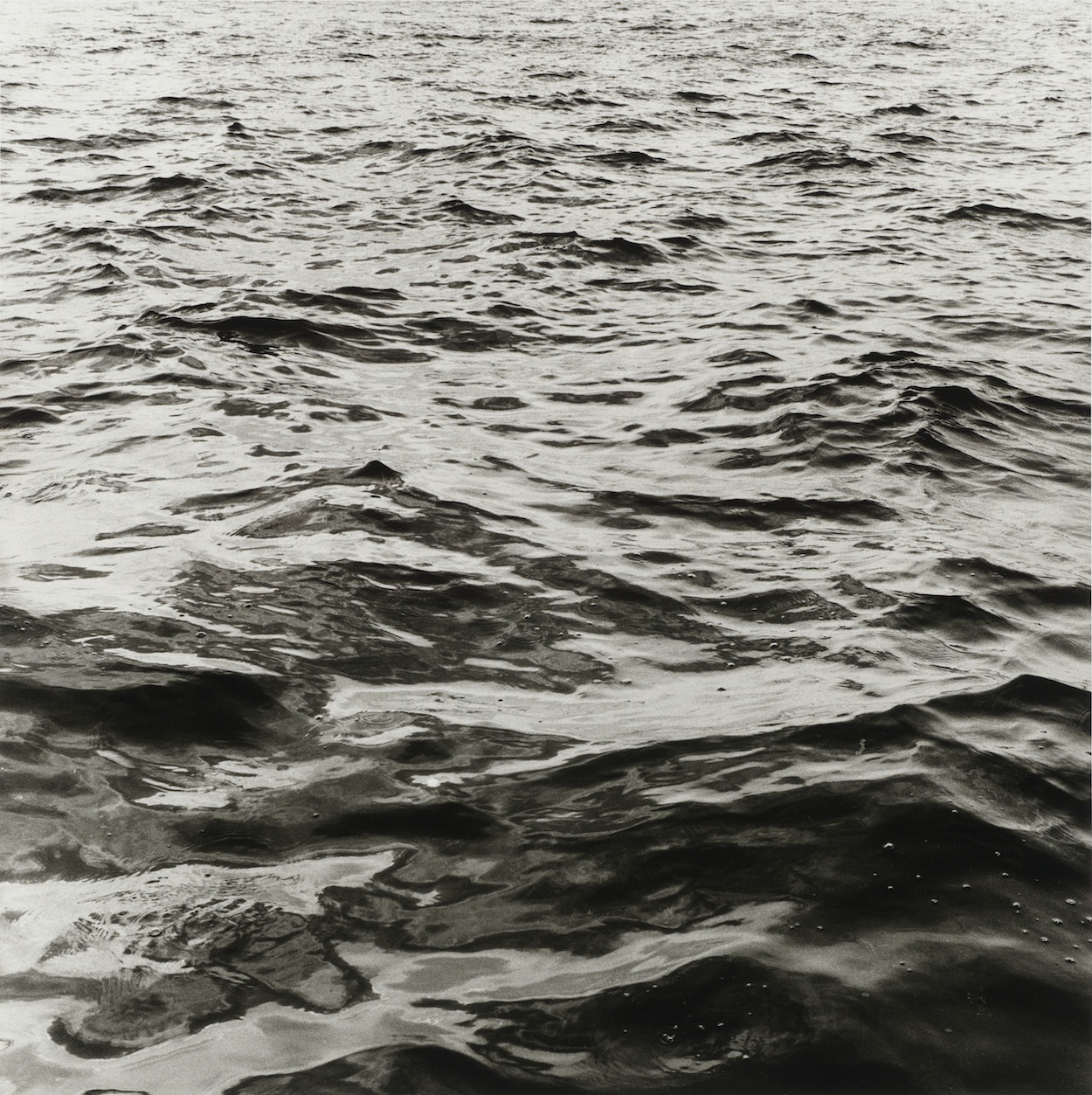
Credits
Text Emily Manning
